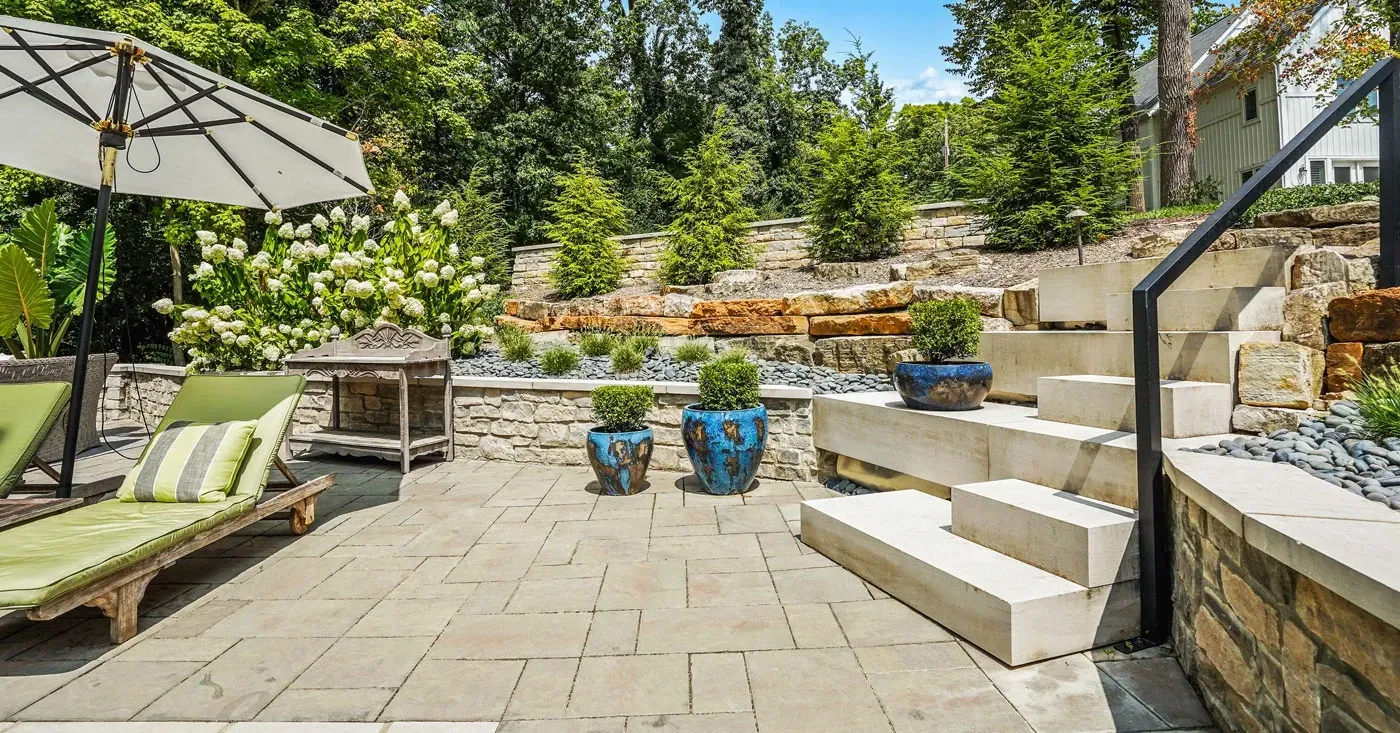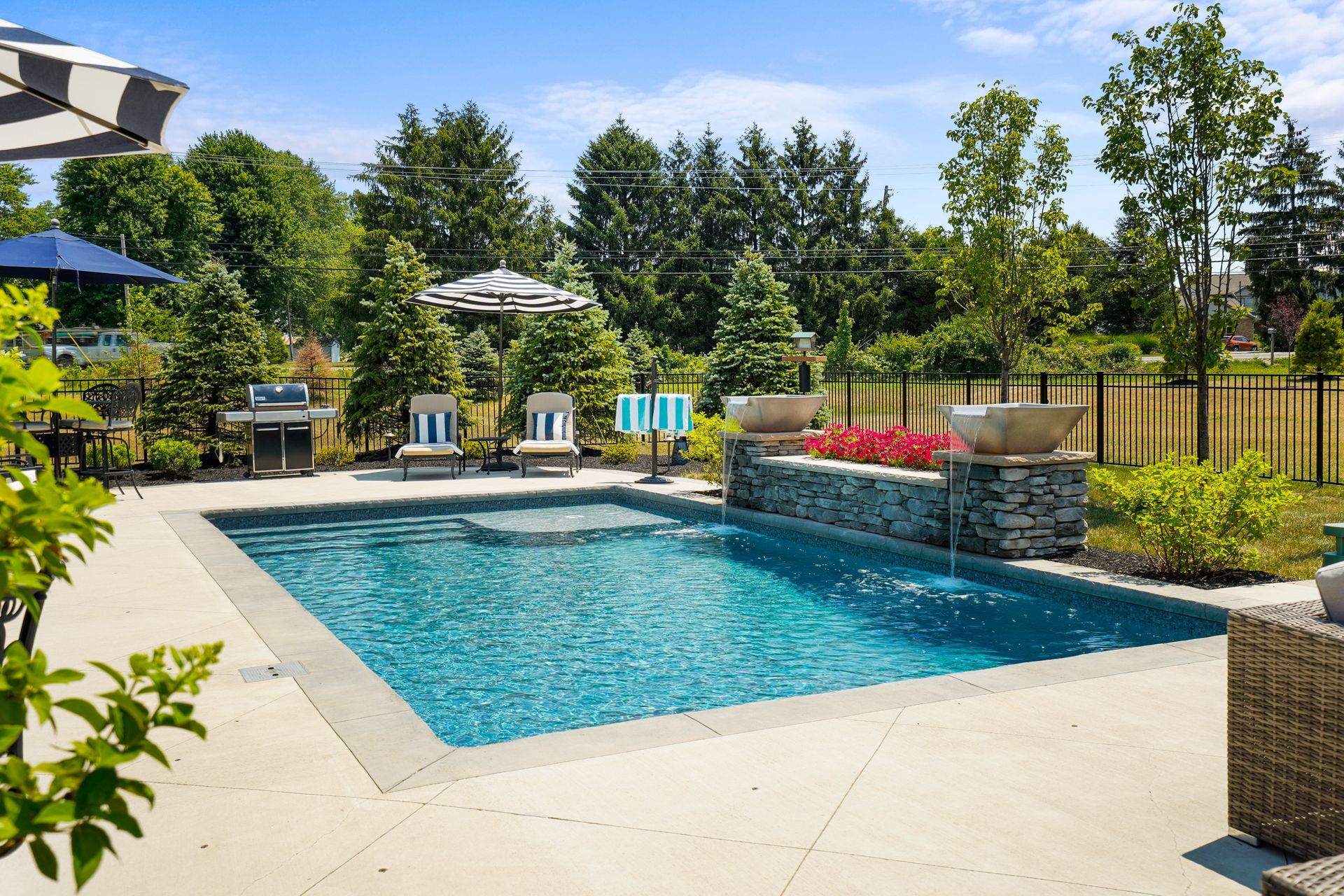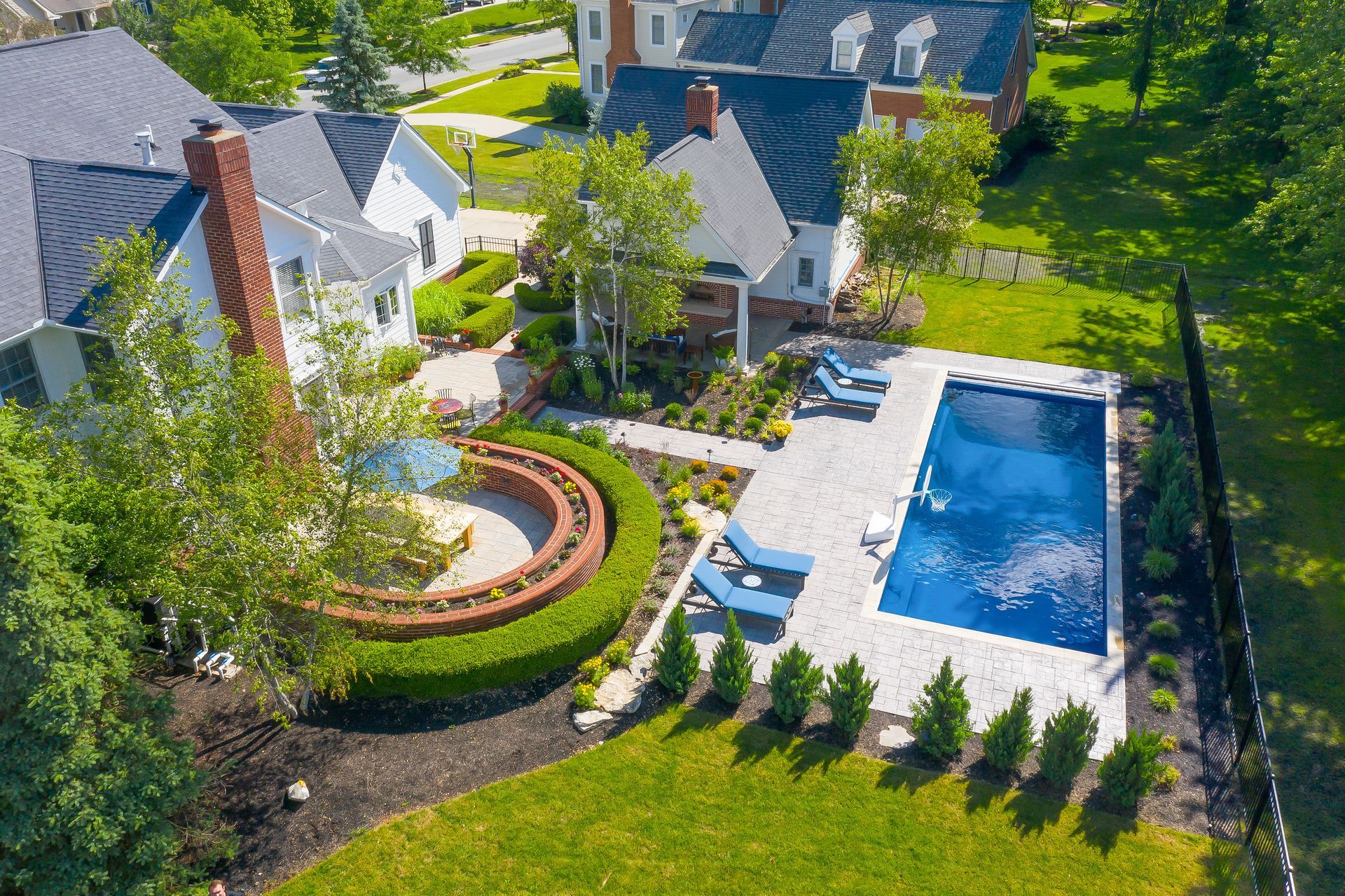The Best Maintenance-Friendly Landscaping Ideas

Everyone enjoys luscious, well-maintained yards, but who’s got the time these days to maintain them? Updating your front or back area with maintenance-friendly landscaping will save time and money, and create a valuable new living space for you and your family. If you’re planning on selling your home, an attractive, low-maintenance outdoor oasis, and great curb appeal is a huge plus for homebuyers.
Here are some of the best and most recommended tips & tricks for creating a practically maintenance-free yet beautiful yard with affordable landscaping elements:
- Mulch is your friend
- Plantscaping is perfect
- The meadow approach
- River rocks and gravel
- Give artificial grass a chance
- Xeriscape and native grass
- Movable pots with perennial flowers & succulents
Give yourself the gift of more time to enjoy the good life with these ideas for the best in low-maintenance landscaping!
The Perks of Mulching
Spending time outside is beneficial to both body and soul. Creating worry-free outdoor areas with mulch is a fabulous low-maintenance yard concept – it’s easy to take care of, creates visual appeal, and increases the value of your home.
The most popular kinds of mulch are made from a variety of wood chips, small rubber pellets, natural home compost like coffee grounds, or a mix of cardboard and seaweed. Out in nature, beneficial mulch is created from fallen leaves, plant debris, and other decaying organic matter that provides valuable nutrients for the soil.
The experts at Country Living recommend that you rake fallen leaves quickly in the fall to prevent wet leaves from rotting the ground cover beneath and to create new mulch for the future. In the spring, putting down a hefty amount of mulch around your in-ground plants will help prevent the growth of pesky weeds.
Mulch also has several other important benefits, such as protecting plants from harsh weather extremes by regulating the temperature of the soil, reducing bacterial and fungal diseases, and generally improving the health and growth of your beautiful plants.
Plantscaping Is Key
A key element to a low-maintenance outdoor paradise is selecting the right plants for your localized weather. Study the weather cycles of your area and the flora that grows well in your climate with little extra work. Find seeds or cuttings from the naturally thriving plants in your neighborhood, or a knowledgeable local nursery.
You can create charming, easy-to-care-for beds of local plants with stone or wood borders and lots of mulch. Some homeowners also lay down weed-blocking landscaping fabric before adding mulch – this porous material keeps weeds to a minimum and helps keep your garden areas looking amazing.
It’s always a good idea to add plants that attract butterflies or help local bee colonies. The Old Farmer’s Almanac suggests planting milkweed, goldenrod, blueberry bushes, and mint to provide nourishment for a variety of colorful flying critters. Bees are crucial to the food chain, and the local honey they produce is excellent for fighting plant-based allergies. These important furry fliers love fruit trees, crocus, and calendula, as well as herbs like oregano and rosemary, which are super easy to grow.
Make it a Meadow
This trendy and eco-friendly concept is beloved by master gardeners because it’s so much better for the local environment. Verdant green expanses are lovely and welcoming, but unfortunately, they demand a huge amount of time, energy, and water – time that could be better spent having fun with your loved ones. The non-profit site Conservation Tools has some fascinating background info on why you should convert your lawn into a natural meadow that can thrive without irrigation or fertilizers.
Meadows offer a visually appealing habitat for birds and beneficial insects, as well as improves air and water quality. For a tidy meadow your neighborhood will adore, Rideau Island Master Gardeners suggest using the “layered plant communities” method:
- Limit Plant Selection to between five and seven hearty species, with “approximately 65% grasses” to “35% flowering plants.”
- Pick plant varieties that thrive in your region.
- Plant a dense base layer to increase biodiversity and prevent weeds – ferns and clover are very popular choices and work with many climates.
- Arrange flowers in groups for changing seasonal colors.
- Build a structural layer with “tall native perennials” – plants that come back every year.
- Create a focal point with a natural feature or piece of art.
Low Water is Low Maintenance
According to National Geographic, Xeriscaping is “the practice of designing landscapes to reduce or eliminate the need for irrigation.” It’s perfect for dry areas as well as being better for public health and the local environment overall – irrigation causes runoff of toxic fertilizers to seep into groundwater that communities use for drinking.
Xeriscaping also utilizes native grasses, which root deep and are nearly indestructible. These hearty grasses thrive freely in your neighborhood, in both cool and warm weather, and need very little water other than whatever the environment provides. Other plants used for xeriscaping include cacti, agave, juniper (what gin is made from), and lavender. Herbs like thyme, sage, and oregano also do well and add a wonderful scent to the air!
Movable Container Gardening
This is a tried and true method for having a lovely yard with very low maintenance. Decorative pots can be used in many ways, filled with a vast selection of easy-to-care-for plants, and moved around whenever you get the whim to take the best advantage of light during the changing seasons.
Some perennial plants and colorful flowers that thrive in container gardens include:
- Lavender
- Verbena
- Creeping Zinnias
- Hibiscus
- Amsonia
- Baptisia
- Astrantia
And of course, succulents. As a popular, colorful, & low-maintenance plant, succulents are extremely hard to kill and do well in nearly any environment. They are drought-resistant and eye-catching, with their plump leaves and stems. Burro’s Tail, jade plants, aloe vera, roseum, and zebra plants are all lovely succulent choices for potting and keeping your yard as low-maintenance as possible.
Conclusion
There are dozens of maintenance-friendly landscaping ideas to consider, including those mentioned above, to help you create the yard of your dreams and increase your property value and curb appeal. You’ll also be able to spend more time outdoors with your friends and loved ones having fun, instead of spending endless hours on yard work. A little investment in a low-maintenance landscape now means a lot more relaxation later!
Sources
- https://www.almanac.com/plants-attract-butterflies
- https://www.countryliving.com/gardening/garden-ideas/g3242/landscaping-ideas-for-low-maintenance-yard/?slide=13
- https://conservationtools.org/guides/151-from-lawn-to-meadow
- https://rideau1000islandsmastergardeners.com/wildscaping/meadowscaping-converting-your-lawn-into-a-meadow-even-bylaw-officers-will-love/
- https://www.nationalgeographic.org/encyclopedia/xeriscaping/
OMNI LEARNING CENTER
RECENT POSTS



